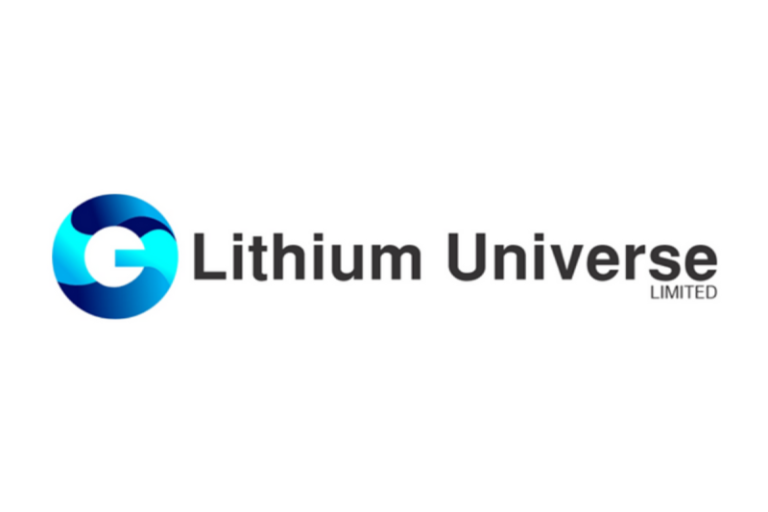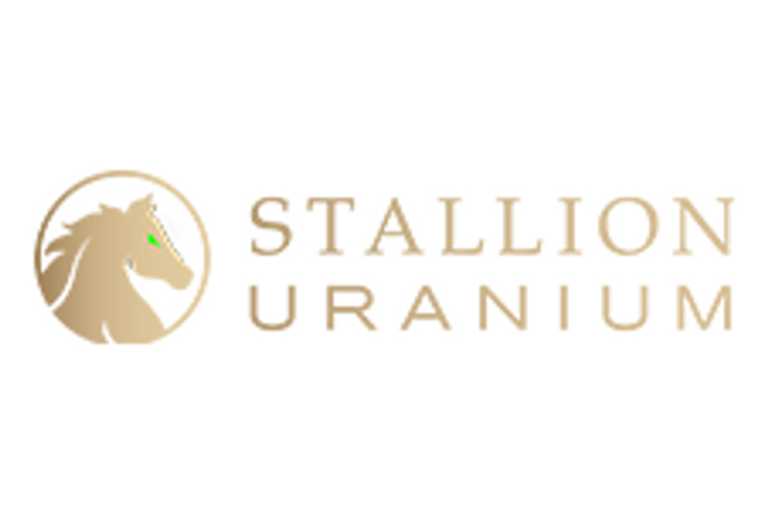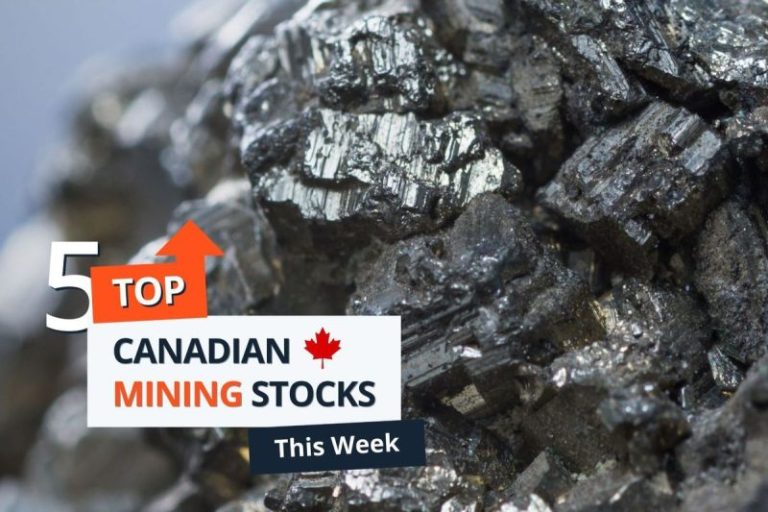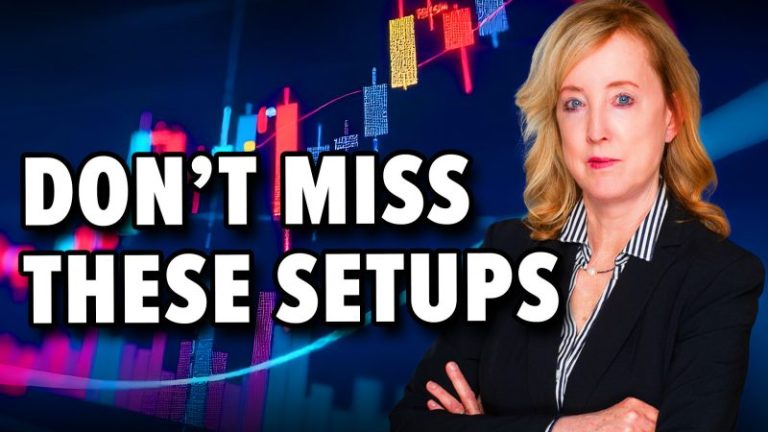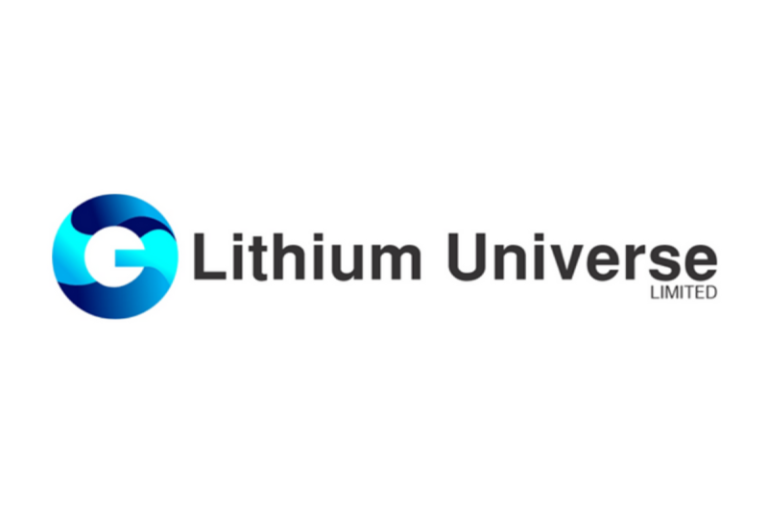Cornerstone investor brings proven regional track record; company now fully funded into 2026 for multi-project advancement in Colombia
Quimbaya Gold Inc. (CSE: QIM) (OTCQB: QIMGF) (FSE: K05) (‘Quimbaya’ or the ‘Company’) is pleased to announce the closing of its upsized non-brokered private placement of 11,525,299 units of the Company (each, a ‘Unit’) at a price of C$0.35 per Unit for gross proceeds of $4,033,854 (the ‘Offering’).
Each Unit is comprised of one common share in the capital of the Company (a ‘Share‘) and one common share purchase warrant (a ‘Warrant‘). Each Warrant entitles the holder to acquire one Share at a price of C$0.60 per Share for a period of 36 months expiring on July 4, 2028.
As previously disclosed, the upsizing was driven by a single investor group with a long-term outlook and a successful track record of supporting exploration and development projects in South America. The Company views this as a strong endorsement of its team, strategy, and pipeline of high-potential assets across Colombia’s Antioquia district.
‘With this raise, we are now well-funded into 2026,’ said Alexandre P. Boivin, President & CEO. ‘These funds will allow us to deepen our work at the Tahami South project while expanding efforts across the broader portfolio. We’re committed to smart, disciplined execution and are very encouraged by the high conviction backing we’ve received.’
The proceeds from the Offering will be used to advance the Company’s exploration programs, including drilling at the Tahami South project and follow-up work on regional copper-gold and gold targets, as well as for general working capital.
Clarification on Finder’s Fees and Warrants
The Company wishes to clarify that a cash commission of $16,800 was paid and 48,000 broker warrants were issued in connection with the Offering. However, as previously disclosed, no commissions or other broker compensation were paid on the strategic investment that drove the upsizing.
In connection with the Offering, the Shares, Warrants and broker warrants are subject to a four-month and one-day hold period expiring on November 4, 2025.
Insider Participation
Certain insiders of the Company participated in the Offering subscribing for an aggregate of 435,714 units for an aggregate subscription amount of $152,500. Each of the subscriptions from insiders constitutes a ‘related party transaction’ pursuant to Multilateral Instrument 61-101 – Protection of Minority Security Holders in Special Transactions (‘MI 61-101‘). The Company has relied on the exemptions from the formal valuation and minority shareholder approval requirements of MI 61-101 contained in sections 5.5(b) and 5.7(1)(a) thereof, respectively, as the common shares of the Company are not listed on a specified market and neither the fair market value (as determined under MI 61-101) of the subject matter of, nor the fair market value of the consideration for, the transaction, insofar as it involved the related parties, exceeded 25% of the Company’s market capitalization (as determined under MI 61-101).
Appointment of Vice President, Business Development
Quimbaya is further pleased to announce the appointment of Sebastian Wahl as Vice President, Business Development. Mr. Wahl has served on the Company’s Board of Directors for the past six months and has played a pivotal role in shaping its strategic direction and external positioning.
Given his contributions to date and the Company’s growth trajectory, Mr. Wahl’s transition into an executive role is both timely and natural. As VP of Business Development, he will work closely with the CEO on capital markets initiatives, strategic partnerships, and internal structuring to ensure the Company is well-positioned for its next phase of growth.
‘Sebastian brings an exceptional network and a sharp sense of capital markets strategy,’ said Alexandre P. Boivin, President & CEO. ‘His insight and drive have already proven instrumental at the board level, and we’re excited to now have his energy full-time as we accelerate our momentum.’
Mr. Wahl’s appointment reinforces Quimbaya’s commitment to building a high-caliber leadership team capable of advancing its ambitious vision in Colombia and delivering value to shareholders.
Grant of Incentive Securities
The Company also announces that it has granted an aggregate of 1,730,000 restricted share units (RSUs) and 1,655,000 stock options to certain directors, officers, advisors, and consultants of the Company in accordance with its long-term performance incentive plan (the ‘LTIP‘). The stock options are exercisable at $0.50 per share for a period of three years.
About Quimbaya
Quimbaya aims to discover gold resources through exploration and acquisition of mining properties in the prolific mining districts of Colombia. Managed by an experienced team in the mining sector, Quimbaya is focused on three projects in the regions of Segovia (Tahami Project), Puerto Berrio (Berrio Project), and Abejorral (Maitamac Project), all located in Antioquia Province, Colombia.
Contact Information
Alexandre P. Boivin, President and CEO apboivin@quimbayagold.com
Jason Frame, Manager of Communications jason.frame@quimbayagold.com, +1-647-576-7135
Quimbaya Gold Inc.
Follow on X @quimbayagoldinc
Follow on LinkedIn @quimbayagold
Follow on Instagram @quimbayagoldinc
Follow on Facebook @quimbayagoldinc
Cautionary Statements
Certain statements contained in this press release constitute ‘forward-looking information’ as that term is defined in applicable Canadian securities legislation. All statements, other than statements of historical fact, included herein are forward-looking information. Generally, but not always, forward-looking statements and information can be identified by the use of forward-looking terminology such as ‘intends’, ‘expects’ or ‘anticipates’, or variations of such words and phrases or statements that certain actions, events or results ‘may’, ‘could’, ‘should’, ‘would’ or ‘occur’. Forward-looking statements herein include statements and information regarding the Offering’s intended use of proceeds, any exercise of Warrants, the future plans for the Company, including any expectations of growth or market momentum, future expectations for the gold sector generally, the Colombian gold sector more particularly, or how global or local market trends may affect the Company, intended exploration on any of the Company’s properties and any results thereof, the strength of the Company’s mineral property portfolio, the potential discover and potential size of the discovery of minerals on any property of the Company’s, including Tahami South, the aims and goals of the Company, and other forward-looking information. Forward-looking information by its nature is based on assumptions and involve known and unknown risks, uncertainties and other factors which may cause the actual results, performance or achievements of Quimbaya to be materially different from any future results, performance or achievements expressed or implied by such forward-looking statements or information. These assumptions include, but are not limited to, that the Company’s exploration and other activities will proceed as expected. The future outcomes that relate to forward-looking statements may be influenced by many factors, including but not limited to: future planned development and other activities on the Company’s mineral properties; an inability to finance the Company; obtaining required permitting on the Company’s mineral properties in a timely manner; any adverse changes to the planned operations of the Company’s mineral properties; failure by the Company for any reason to undertake expected exploration programs; achieving and maintaining favourable relationships with local communities; mineral exploration results that are poorer or better than expected; prices for gold remaining as expected; currency exchange rates remaining as expected; availability of funds for the Company’s projects; prices for energy inputs, labour, materials, supplies and services (including transportation); no labour-related disruptions; no unplanned delays or interruptions in scheduled construction and production; all necessary permits, licenses and regulatory approvals are received in a timely manner; the Offering proceeds being received as anticipated; all requisite regulatory and stock exchange approvals for the Offering are obtained in a timely fashion; investor participation in the Offering; and the Company’s ability to comply with environmental, health and safety laws. Although Quimbaya’s management believes that the assumptions made and the expectations represented by such information are reasonable, there can be no assurance that the forward-looking information will prove to be accurate. Furthermore, should one or more of the risks, uncertainties or other factors materialize, or should underlying assumptions prove incorrect, actual results may vary materially from those described in forward-looking statements or information. Readers are cautioned not to place undue reliance on forward-looking information as there can be no assurance that the plans, intentions or expectations upon which they are placed will occur. Forward-looking information contained in this news release is expressly qualified by this cautionary statement. The forward-looking information contained in this news release represents the expectations of Quimbaya as of the date of this news release and, accordingly, is subject to change after such date. Except as required by law, Quimbaya does not expect to update forward-looking statements and information continually as conditions change.
NOT FOR DISTRIBUTION TO UNITED STATES NEWS WIRE SERVICES OR FOR DISSEMINATION IN THE UNITED STATES
To view the source version of this press release, please visit https://www.newsfilecorp.com/release/257712
News Provided by Newsfile via QuoteMedia



